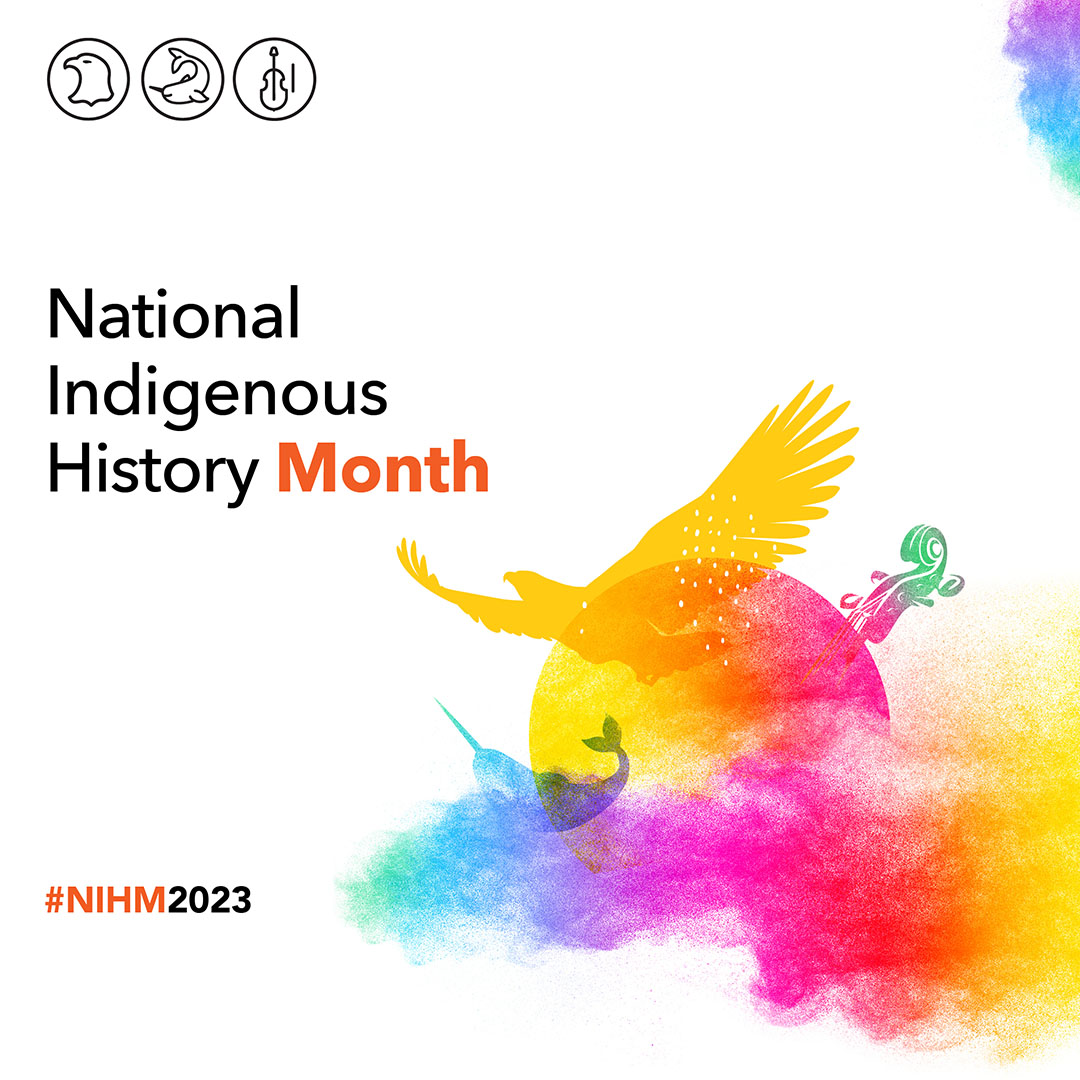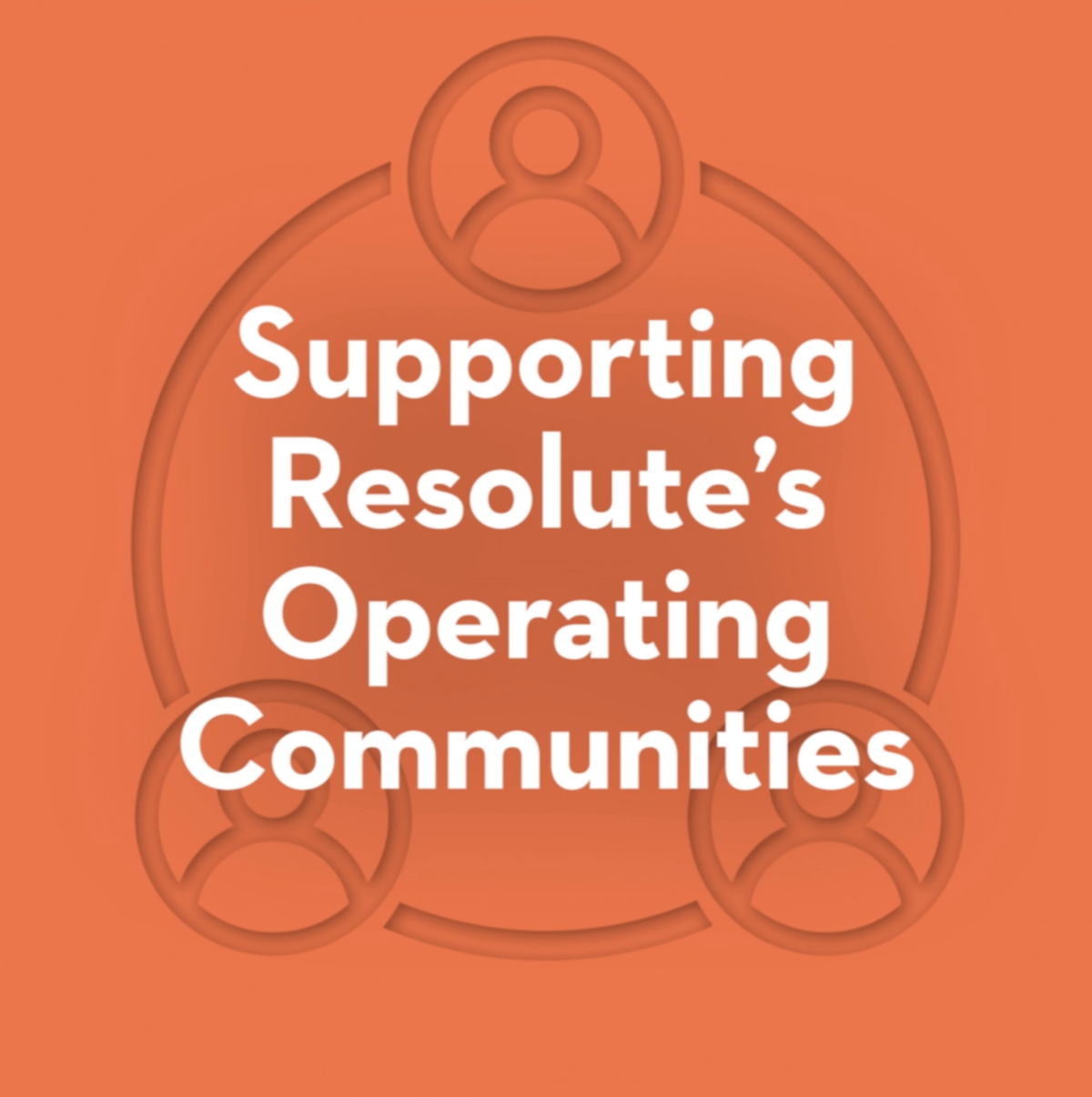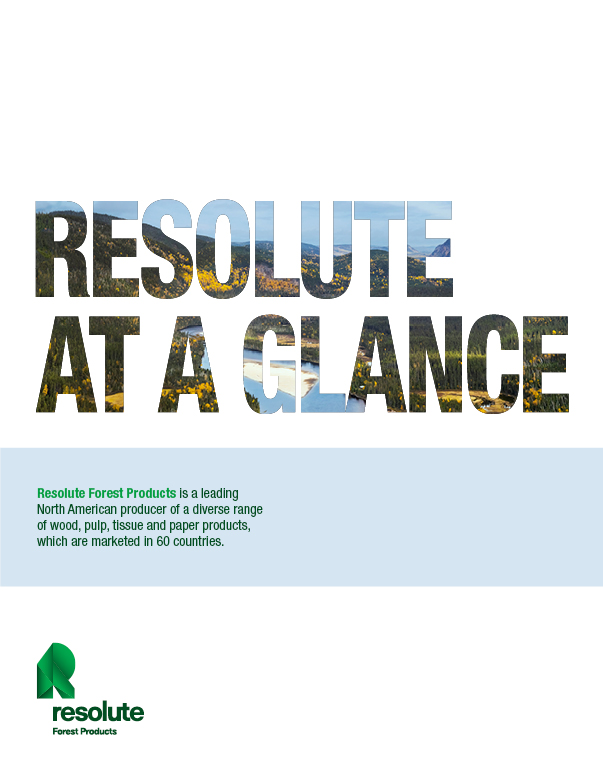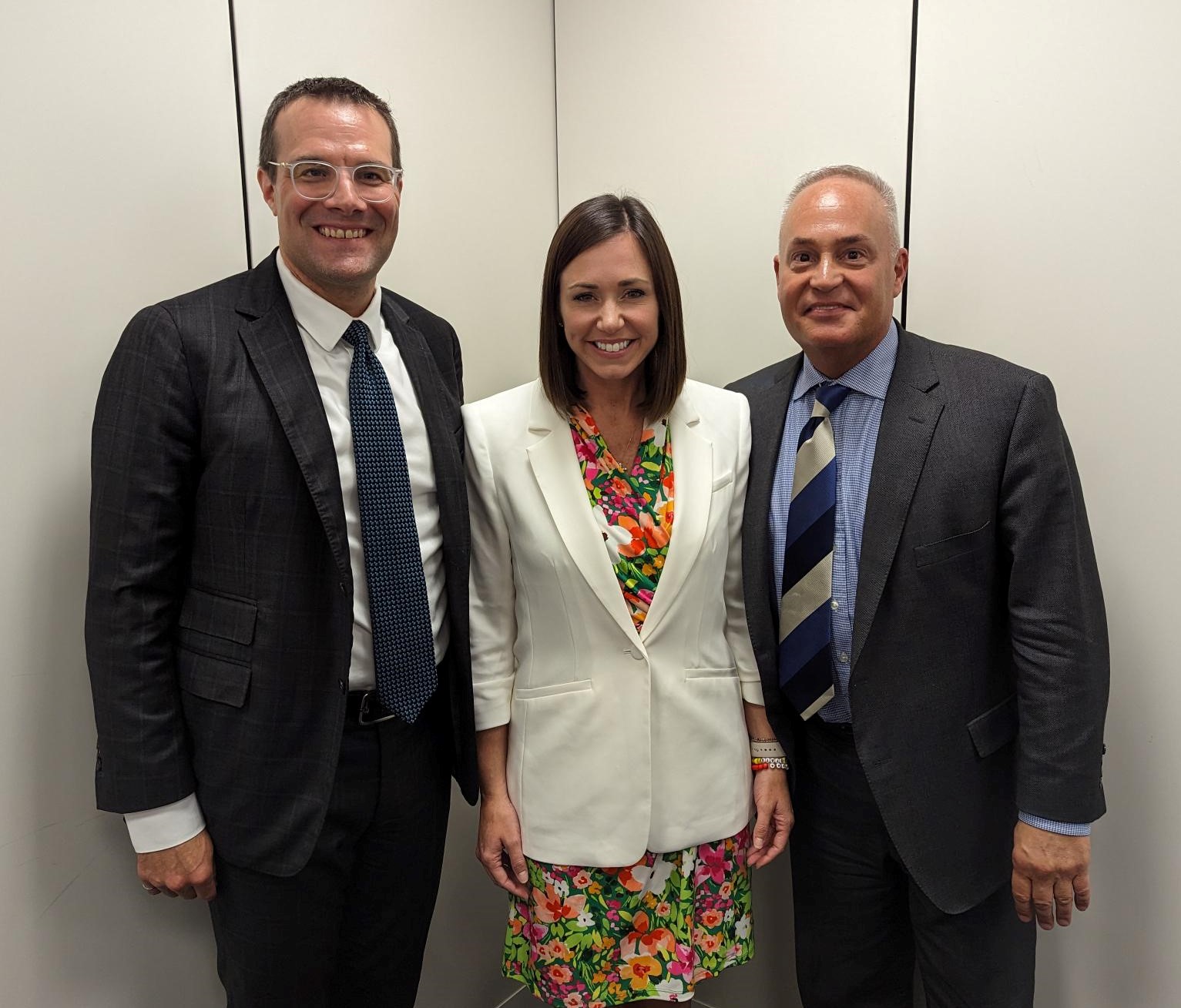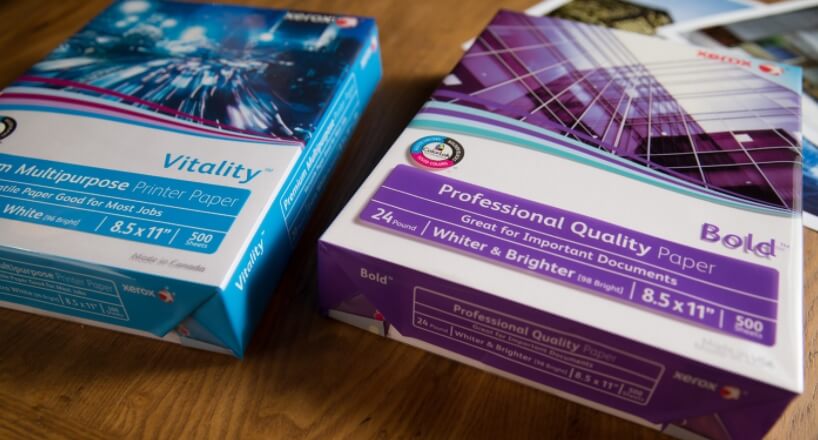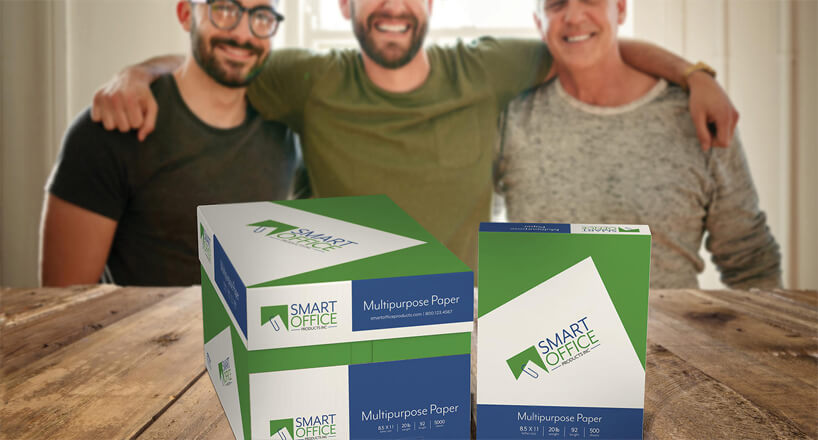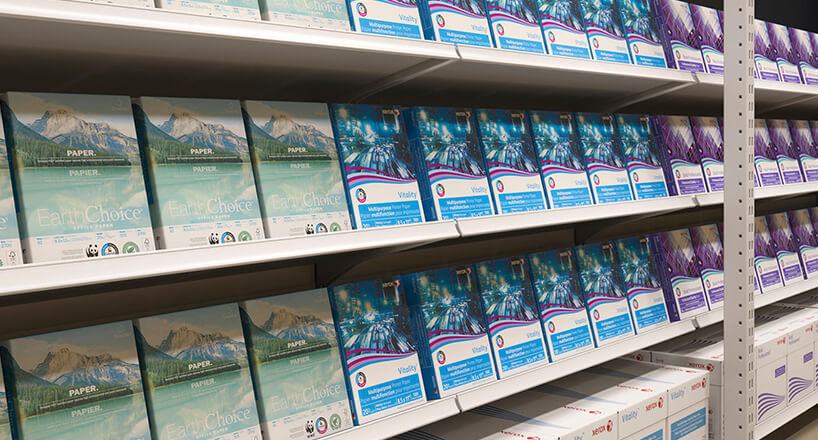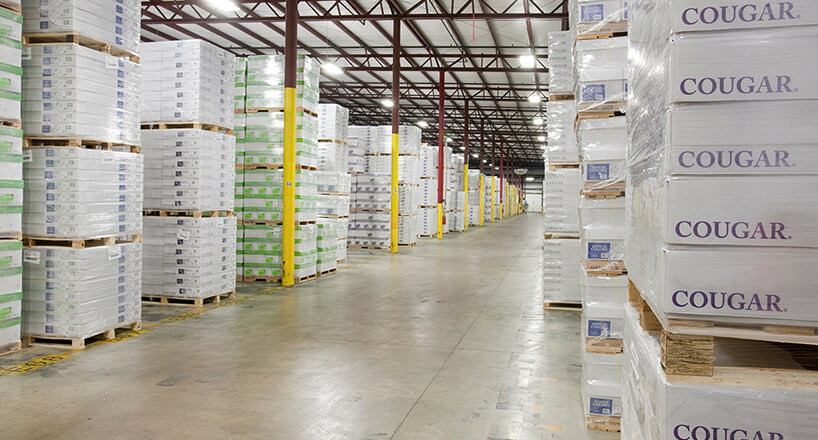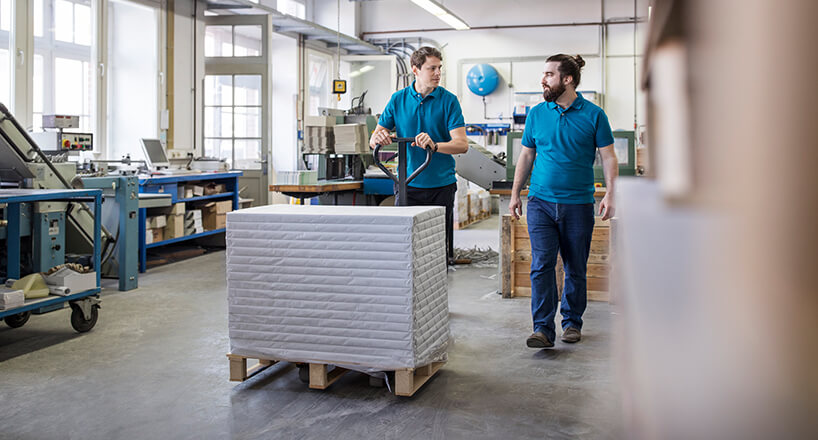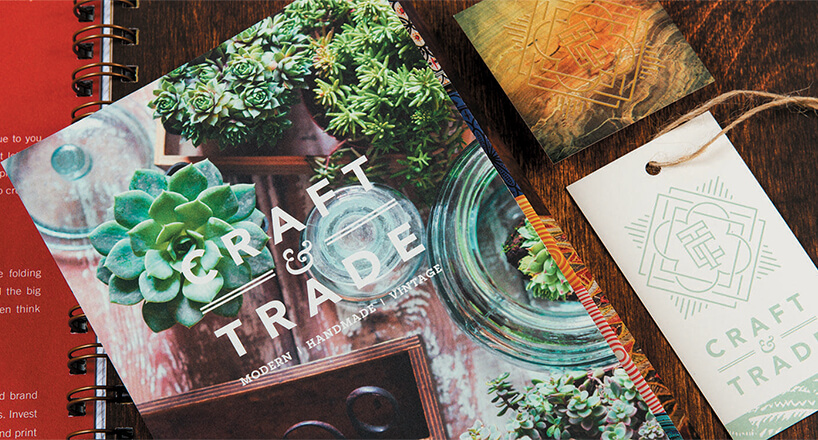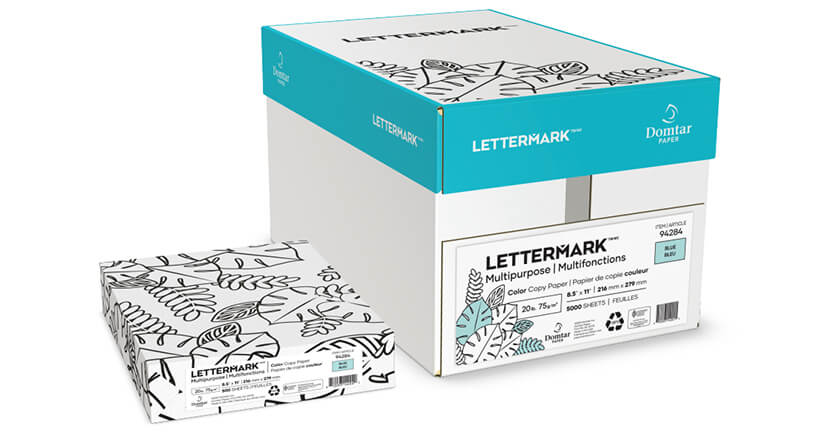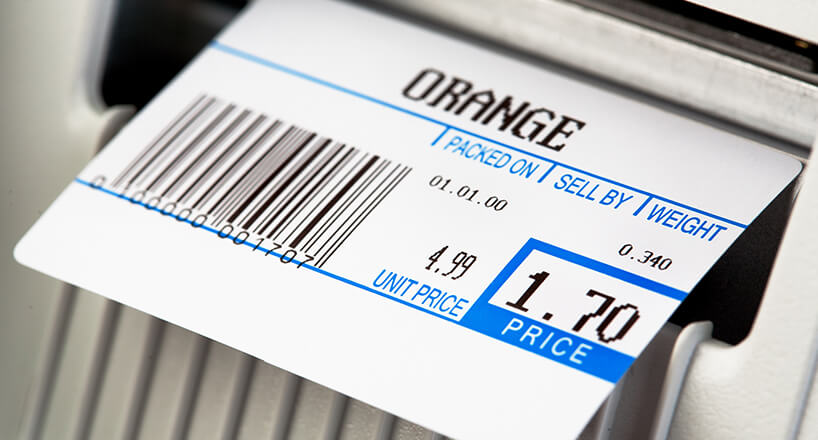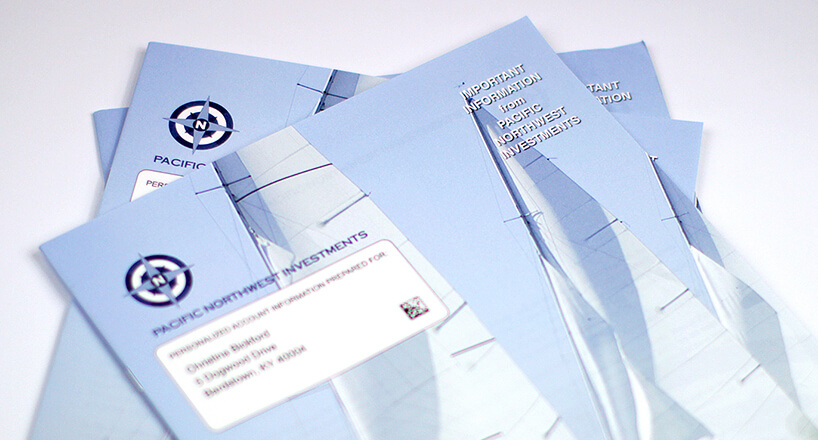Commercial printers can attract repeat business through solid research, effective solutions and open communication.
What does it take to be the first person your client calls when they plan their next print job? In today’s competitive commercial printing climate, it takes much more than just putting ink on paper. A go-to commercial printer spends time researching their clients’ needs, understanding their business goals and providing innovative solutions that help clients achieve their long-term goals.
Bringing added value to customers should be your number one priority, and that requires research, communicating effectively and getting involved early and often if you hope to build a strategic partnership with your client.
Here are three tips that can help:
1. Show That You Know
Before you launch into any new client relationship, do your research. Get to know the company, its people and its brand — everything from what it stands for to what it wants to achieve. Really dig deep to find out what challenges the company is facing in the marketplace so that you can identify some cutting-edge solutions that will improve results — as well as which suggestions to avoid.
“Adding value is all about building a connection that makes them more likely to want to work with you,” says Vanecia Carr, Domtar’s director of customer and brand marketing. One way to do this is to join national print or design associations and go to local meetings to demonstrate your interest in your client’s industry.
Also, consider other communication technologies that go hand-in-hand with print. Augmented and virtual reality, online content, mobile commerce, social media campaigns and other media can complement print and create a well-rounded campaign. The solutions you provide should address the goals that you’ve identified in your research.
Carr points out that commercial printers have to move beyond listing what type of equipment they have and what types of jobs they can do. “Print buyers want to hear what you, specifically, can do for them,” she says. “Don’t just tell them you have mailing services; instead, tell them how mailing services are an integrated part of your process, which ensures a continuous dialogue among printing, fulfillment and mailing departments and results in a smoother project that stays on budget.”
Carr suggest tracking an ROI that will make your clients look successful. “Don’t try to sell them things they don’t need, but instead find ways to amplify what they’re already doing,” she says. “Offer advice on what appeals to different customer verticals or demographics. Use resources like Blueline magazine to arm yourself with the stats and the know-how to help your clients get results.”
2. Show What You Can Do
Armed with a good personal relationship and in-depth knowledge of the client’s brand and projects, you’re ready to wow them. “The commercial printers who are the most successful are the ones who can provide clients with innovative solutions and ideas,” says Carr.
Stay on top of what’s trending in their industry, and bring samples that will work well in their campaigns. Then show them how you can make a real impact in their communications strategy. That’s best accomplished in three ways:
Samples, Case Studies and Results. Step away from the printer specs. Instead, show them real-world results that are relevant to the work they’re doing. Share samples from unique campaigns that demonstrate the great finish produced by your digital printers, or the crisp look that comes off your offset presses.
For instance, don’t just tell them you can emboss on foils; put together a sample and show them. If they need variable data printing, don’t offer examples of basic letterhead or statements; instead, show what the components of a successful personalized and targeted direct mail campaign look like — from print to social to all other aspects of print and digital marketing.
Skills. As a commercial printer, you have the skills and knowledge to make your customers look like superheroes. Once you’ve established yourself as a strategic partner, you can — and should — get involved early and often.
Use every opportunity to demonstrate your printing and paper expertise. Again, step away from the specs and find ways to show how paper and print selection can change the mood of a printed piece, or how print can work in conjunction with other media to amplify a project. Build a comprehensive skillset for your firm, and offer time-tested, proven advice that will lead your customers to a fantastic end result.
“For example, your client might have a great design and want it printed on heavy stock, but in reality that won’t print as well as something else,” says Carr. “Share your knowledge about past challenges and successes, share paper dummies that demonstrate the outcome, and give them other options to accomplish the end goals.”
These days, fewer print buyers have robust knowledge about paper and printing techniques, so they’re looking to their commercial printers to fill the gaps. Printers who can make their customers look smarter and help them achieve their goals will earn repeat business.
Services. Becoming a go-to commercial printer means providing services that enhance a product from beginning to end. Many printers are expanding their staff to add new expertise to their business; an alternative is to partner with other printers, technology companies and service providers who can help you connect print and digital in a successful multimedia campaign.
The goal is to differentiate your business by not only offering more services but also educating clients about what’s available to them and guiding them through the process of choosing the right services for their project.
3. Keep Them Coming Back
Doing the research up front to get to know the client and his or her business might help you win the first bid, but go-to commercial printers keep the conversation going during and after the job.
When a project’s in full swing, meet with your client regularly. Share proofs in person, and offer suggestions for next steps. When you attend a meeting, take notes and contribute to the conversation. Remind your customers why they asked you to be there in the first place, and show them that you’re on top of things. The more you communicate — about the project schedule, the deliverables, project plans, vendor updates, etc. — the less a client has to worry about a project.
If something goes wrong, then make sure the client hears it from you first. Be prepared to share and discuss recovery options. If something went wrong during the last project, then let the client know about the processes you’ve put in place to ensure it doesn’t happen again.
Also, don’t forget to say thanks. A handwritten note or a personal delivery of the finished project will go a long way toward showing that you appreciate their business. Coming around to say thanks after a job is also a great opportunity to continue to engage and build on the relationship.
And in between projects, find ways to keep your services top of mind. Schedule a meeting to share samples of a project that reminded you of the client, or drop some samples in the mail that demonstrate a new technique that might prove useful to the client in the future. You might also consider scheduling a yearly relationship review, perhaps over lunch. This type of meeting gives you a chance to remind your customer of past successes and discuss upcoming plans.
Remember, becoming a go-to commercial printer isn’t something that happens overnight. Start small, and focus on delivering great service and added value, one job at a time. With patience, thorough research and good communication, new clients will become repeat clients.



